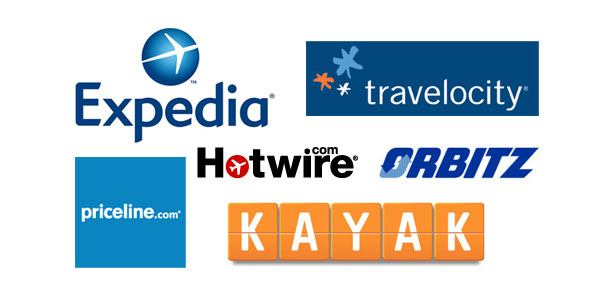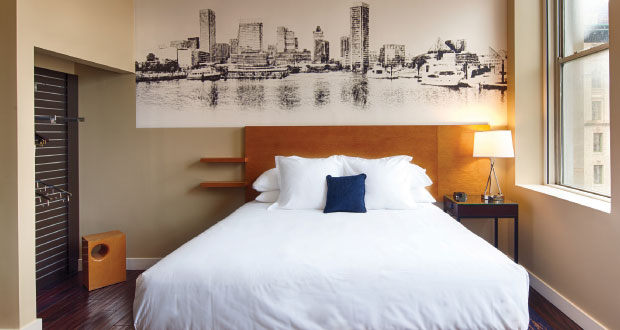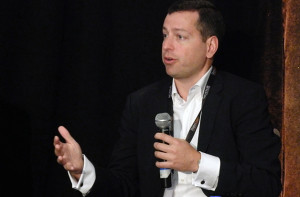A recent report from the Association of British Travel Agents (ABTA) revealed an increase in complaints about false OTA websites created by fraudulent travel companies.  Many customers have lost money to these sites, while others are calling hotels directly to ensure that they are indeed making a reservation at the hotel as intended.
This apparent trend of dwindling consumer confidence matches the booming growth of the online travel sector. While customers now have unparalleled choice and freedom to compare a range of deals, they’re also faced with uncertainty when dealing with unknown companies.
Common questions: Is this deal too good to be true? Is my payment secure? Who exactly am I dealing with here? With answers to these questions unclear at times, customers are increasingly cautious.
For a legitimate OTA, this clearly presents a challenge. How can an online business give people a sense that it can truly be trusted?  Having a quality website that has well-written copy, that features up-to-date content, and has a unique tone of voice can all help give off a sense of added professionalism and authenticity.
But the ABTA report shines a light on arguably the most important way people seek assurances: they pick up the phone.  In the end, nothing replaces the human voice. As a travel company, making sure customers can talk to you day or night offers your clients an instant way to check your credentials.
No doubt, investing in a quality website can convey an extra level of trustworthiness. But many customers will always want a more immediate and reliable way of making sure your company is legitimate.
So, at a time when online shoppers are becoming less trusting and more savvy about who they deal with, having a phone number clearly listed on your website and a system to ensure every call gets answered can safeguard potential bookings from cautious customers.
For more:Â http://bit.ly/1PhGonk









